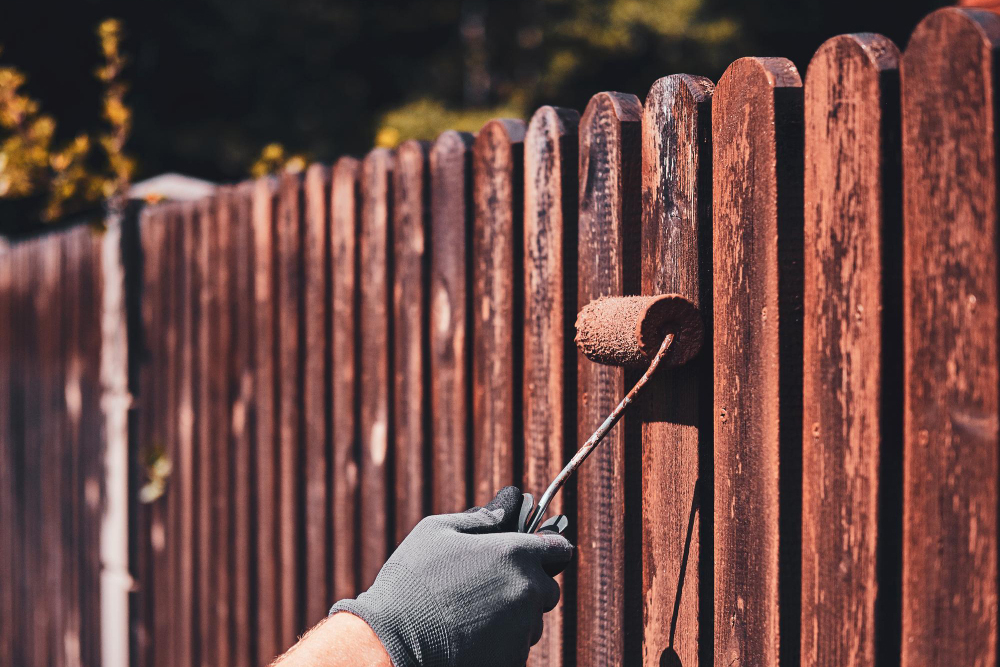Everything You Need to Know About Fence Staining

Your backyard fence is not just a boundary wall, it's also an extension of your home's aesthetic. But as time passes, the weather takes its toll, and your beautiful fence can quickly turn into a faded and worn eyesore. Luckily, fence staining can not only restore your fence to its former beauty but also help protect it from future damage. However, for many homeowners, the process of fence staining can seem like a daunting task. That's why we've compiled some of the most frequently asked questions about fence staining to make the process smoother and less overwhelming.
Q: Why should I stain my fence?
A: Staining your fence serves two essential purposes: enhancing its appearance and protecting it from weather damage, rot, and pests. Staining can bring out the natural beauty of the wood or add color if you choose to use a tinted stain. The added protection can save you money on costly repairs and prevent decay that could shorten your fence's lifespan.
Q: When is the best time to stain my fence?
A: Ideally, you want to stain your fence when the temperature is moderately warm, and weather conditions are dry. This means staining your fence in either the spring or fall. However, if necessary, you can still stain your fence during the summer months but make sure to choose a cooler day to avoid the stain evaporating too quickly.
Q: Do I need to prep my fence for staining?
A: Proper preparation is crucial to ensure the stain adheres to the wood and lasts longer. This includes washing your fence to remove dirt, mildew, and other contaminants. Drying the fence is also necessary. Sanding your fence can also improve the stain's adhesion and minimize the appearance of stains and blemishes. It's essential to have a clean and smooth surface before applying the stain.
Q: How often do I need to restain my fence?
A: The frequency of restaining your fence depends on a variety of factors such as weather conditions, maintenance, and type of wood. Generally, you should restain your fence every two to three years to maintain its color and protection. But, if you notice that the stain is fading or the wood is no longer repelling water, it's time to restain your fence.
Q: Can I stain my fence on my own, or do I need to hire a professional?
A: Staining your fence can be a DIY project, but it's essential to understand the process and have the right equipment and stain product. Hiring a professional can save you time, money, and hassle. Professionals have the expertise and equipment to prep your fence, apply the stain evenly, and ensure a smooth finish that lasts. Plus, a professional can also identify any potential issues that may require repair before staining.
Conclusion
Fence staining is an investment that can significantly enhance your fence's beauty and lifespan. However, it's crucial to understand the process, timing, and preparation before starting a staining project. By answering some of the frequently asked questions about fence staining, we hope you feel more confident and comfortable in taking on this project. If you're still unsure or want to avoid the hassle and time of staining your fence on your own, our team at Byers Fence can help. If you're looking for fence contractors in Sanford, FL, contact Byers Fence today to schedule an appointment.